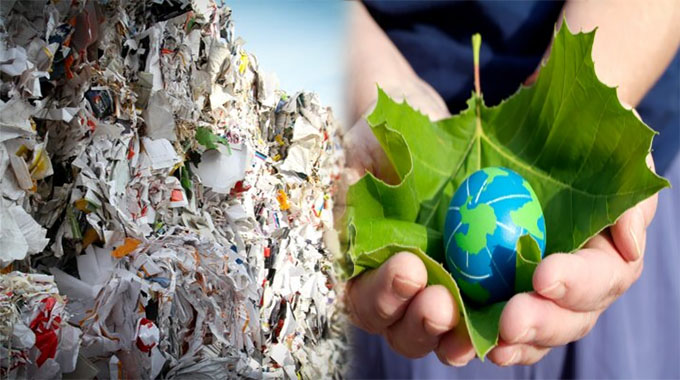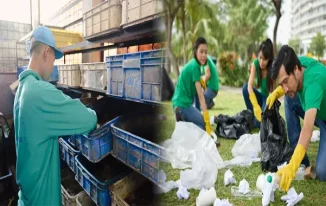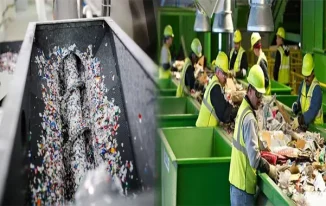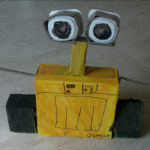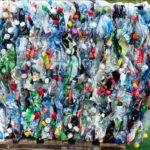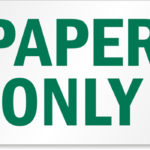In today’s world, we are constantly bombarded with paper. Whether it’s a receipt after a trip to the grocery store or a piece of junk mail in our mailbox, paper is pervasive. And while this may be convenient for many people, it can also have negative effects on the environment. Because so much of our waste gets recycled into new products, reducing the amount of paper you use can help cut down on pollution and save trees. So how do you reduce your own consumption? Read on!
Reduce paper use
The first step to reducing the amount of paper you use is to make a plan. A good place to start is by making a list of all the tasks that require printed materials, and then identifying ways that you could reduce or eliminate printing for each one. For example:
- Could you send an email instead of printing out an agenda?
- Could you use online tools like Google Docs instead of printing out meeting notes and distributing them in hard copy?
- Can someone else take on responsibility for generating these documents (for example, getting sign-off from others before sending them out)? If so, ask if they would be willing to do so electronically rather than printing them out themselves.
Buy recycled products
Reclaiming paper is a practice that dates back to the 19th century. It involves collecting used paper and turning it into new products, such as tissue, toilet paper and food packaging.
Today, many companies offer recycled products but if you’re going to buy something made from recycled material, make sure it’s from a reputable company with an established recycling program. You can also ask about the company’s practices when it comes to reusing or recycling its own products after they have been discarded by customers (or even employees).
Use both sides of the paper
Whenever you are working on a project, always use both sides of the paper. This will help cut down on printing and save trees in the long run. If you’re not sure how to do this, simply print out your document on both sides of the paper before handing it in for grading or submission.
If this isn’t possible because of time constraints or other factors, try using a digital file instead of printed copies–it’ll be easier to store and share! Also make sure that if someone hands you something on paper that they’ve already used one side (and therefor recycled), so that we can keep up our efforts towards sustainability.
Recycle used paper
Recycling paper is an easy way to make a difference in the environment. Recycle all the used paper you can find in your home, office and school! Use recycling bins provided by your local municipality, or just put it in a plastic bag until you can get to one of those places. Recycle any kind of paper that has been written on or printed on – even if there are only a few words on it!
You can reduce the amount of paper that you consume by following a few simple guidelines.
You can reduce the amount of paper that you consume by following a few simple guidelines.
- Reduce your overall use of paper. The easiest way to do this is to use both sides of the paper before throwing it away, or even better, recycling it! You’ll also want to buy recycled products whenever possible (especially when it comes to printing). This will help cut down on waste as well as save money in the long run because you won’t have so much excess paper lying around taking up space in your home and office.
- Recycle all used papers that aren’t needed anymore–this includes notebooks with scribbles in them, old magazines with dog-eared corners and food stains on their covers, etcetera! Just make sure they’re clean before putting them in your recycling bin so they don’t contaminate other recyclables like plastics bottles or aluminum cans (and vice versa).
The best way to reduce your paper consumption is by following a few simple guidelines. The first step is to reduce the amount of paper that you use in the first place. You can do this by printing less, using both sides of each sheet and recycling used paper whenever possible. Once you’ve mastered these techniques then it’s time to move on up to using recycled products such as pens, notebooks or even furniture!

